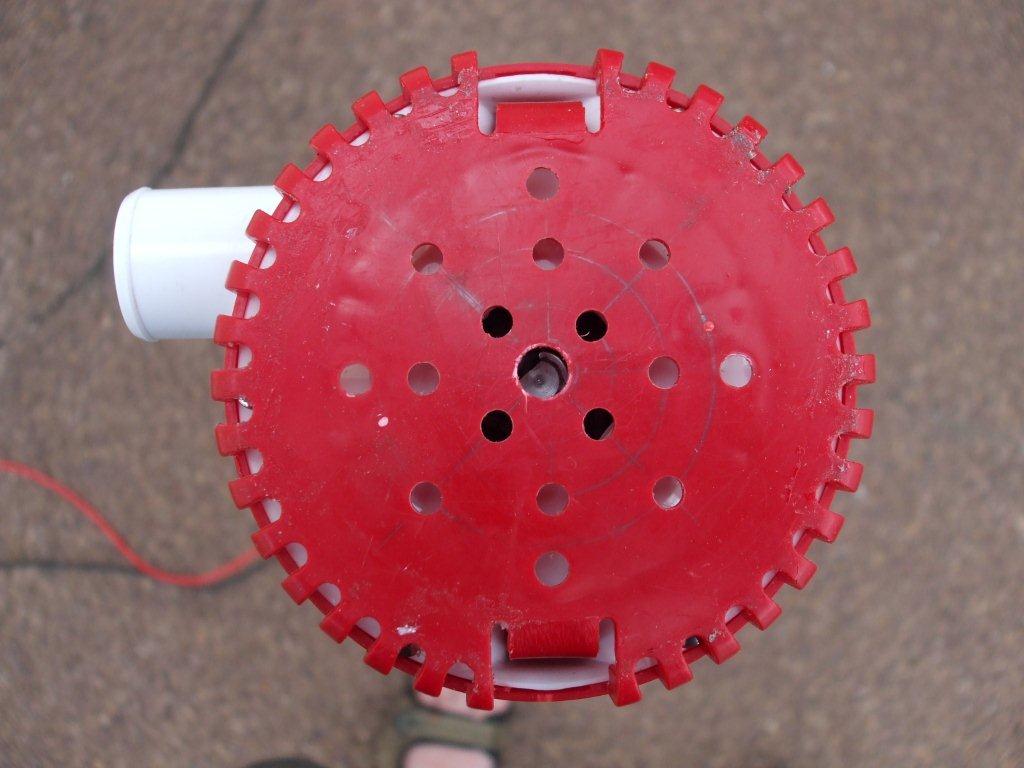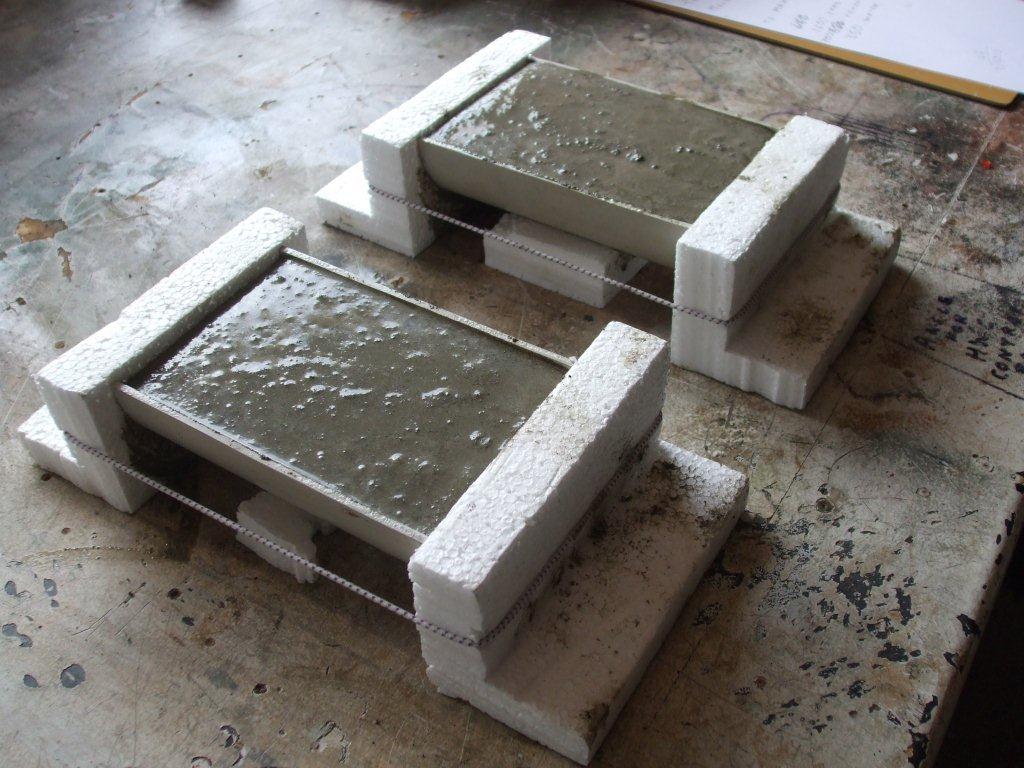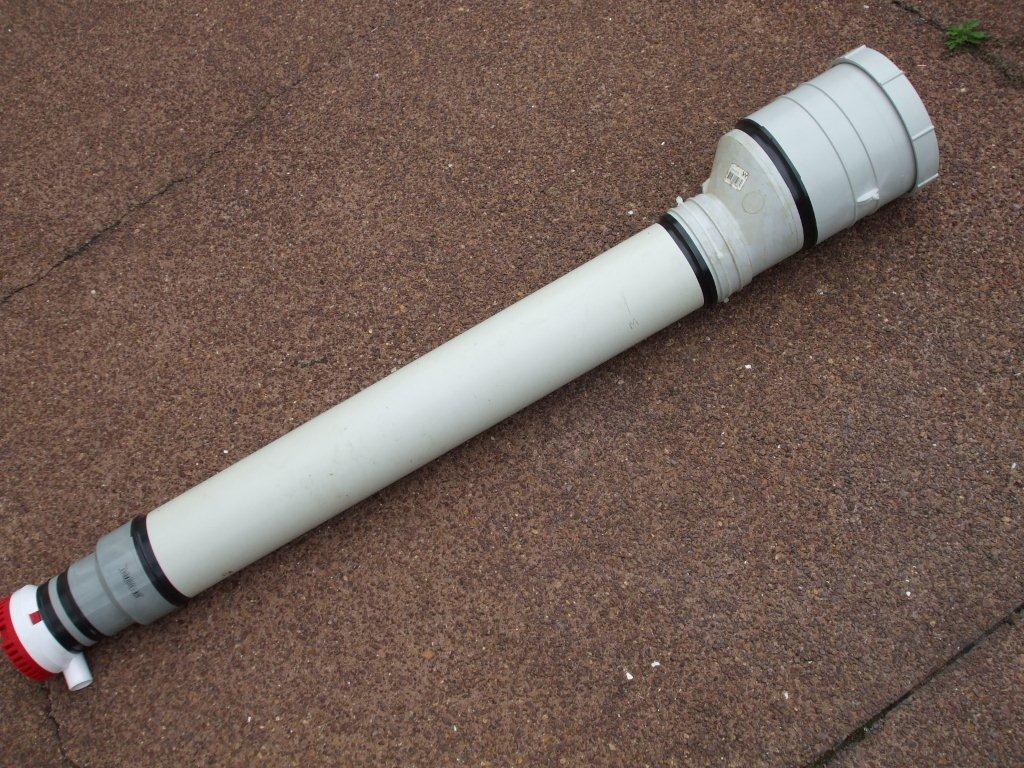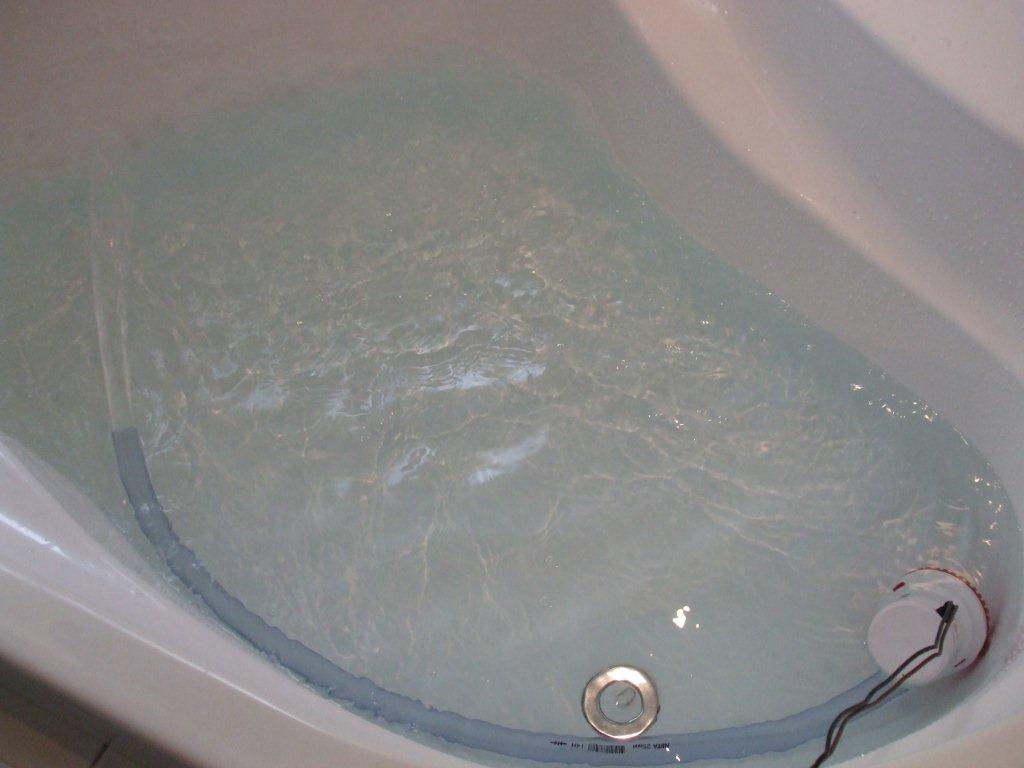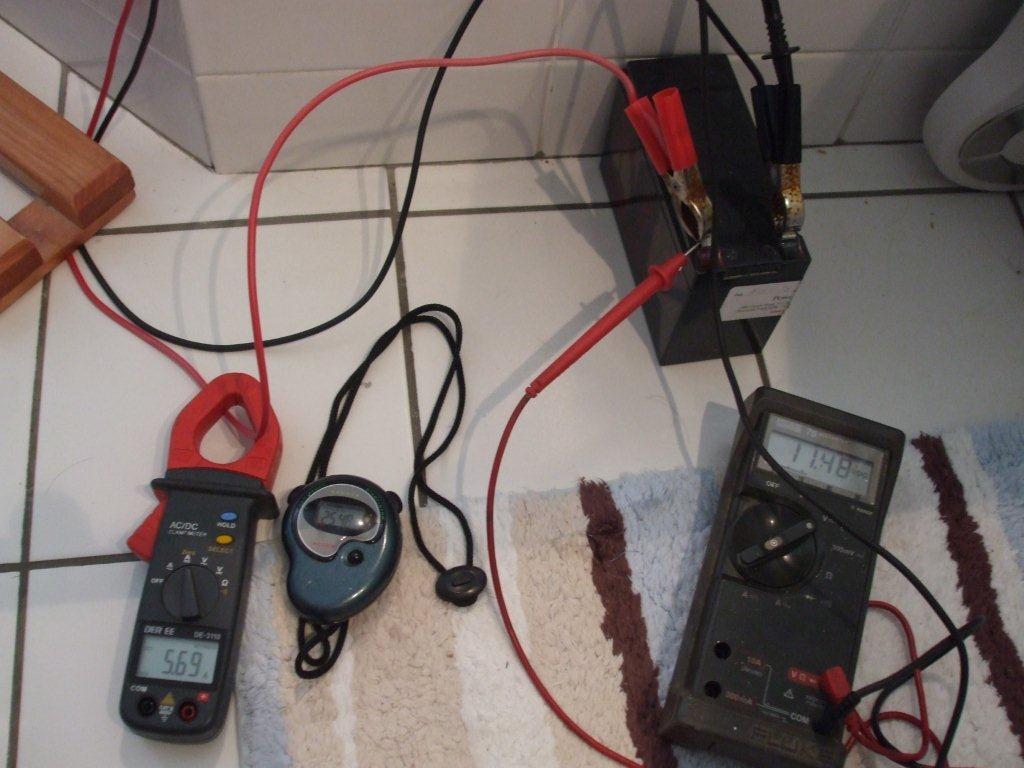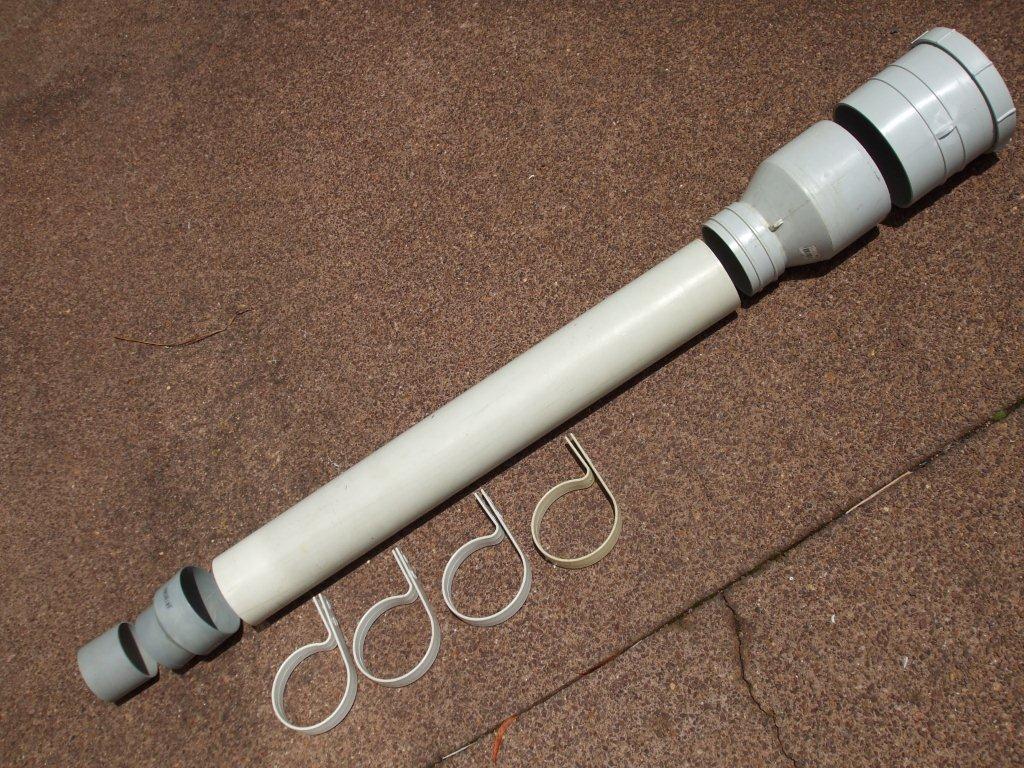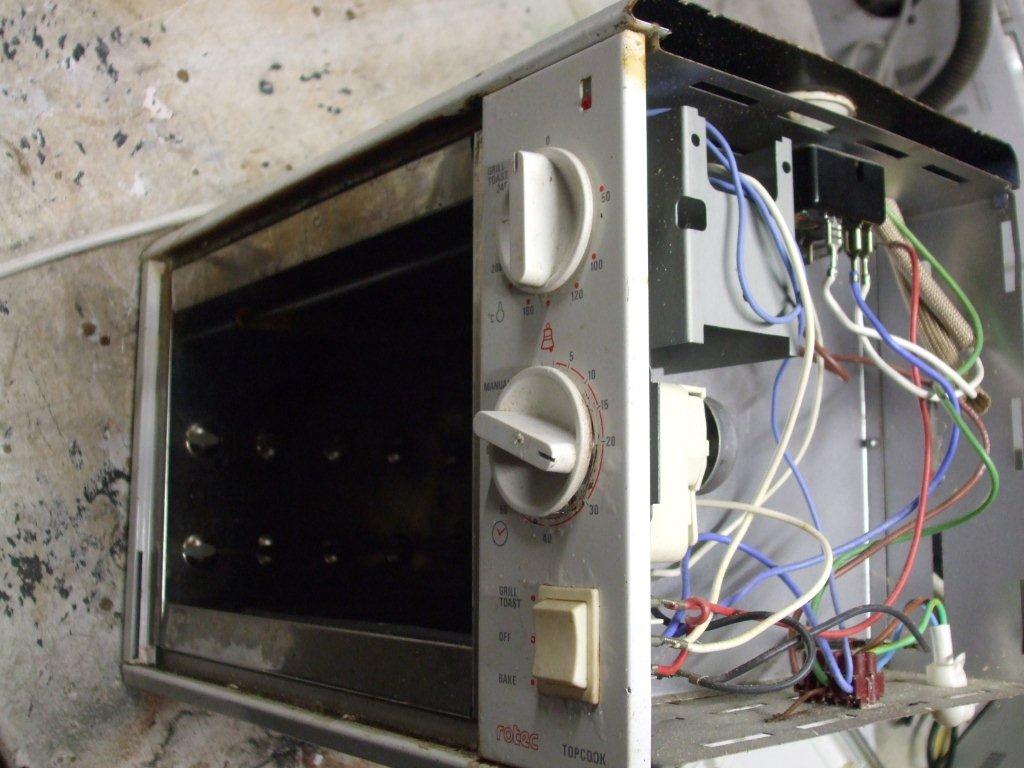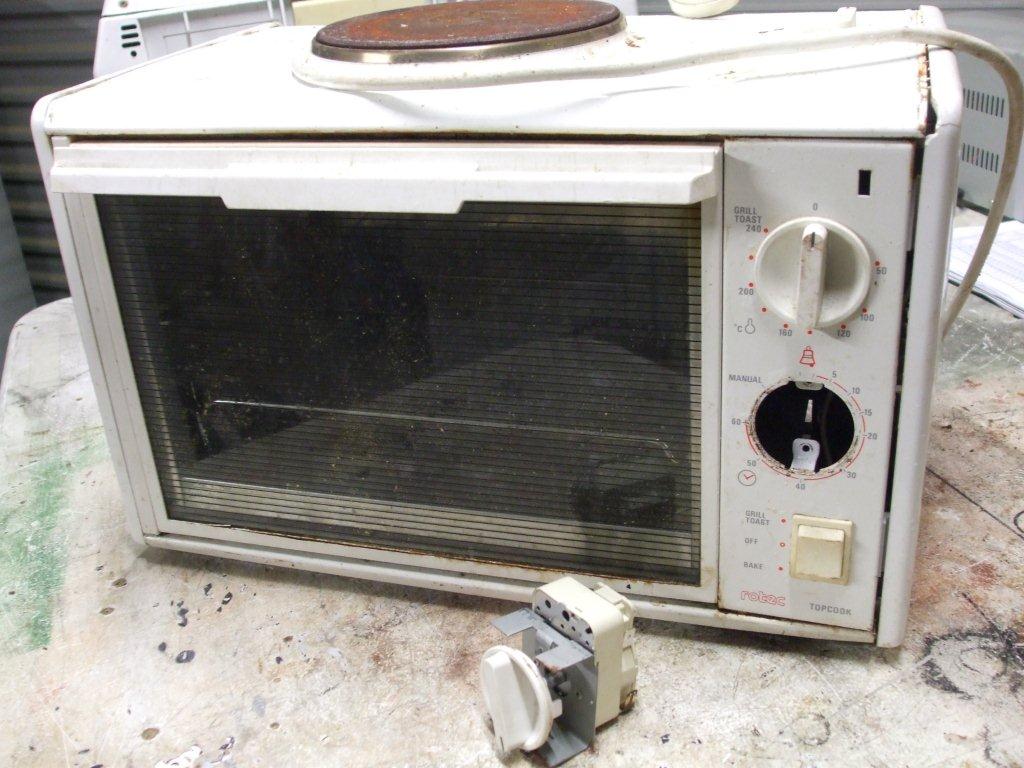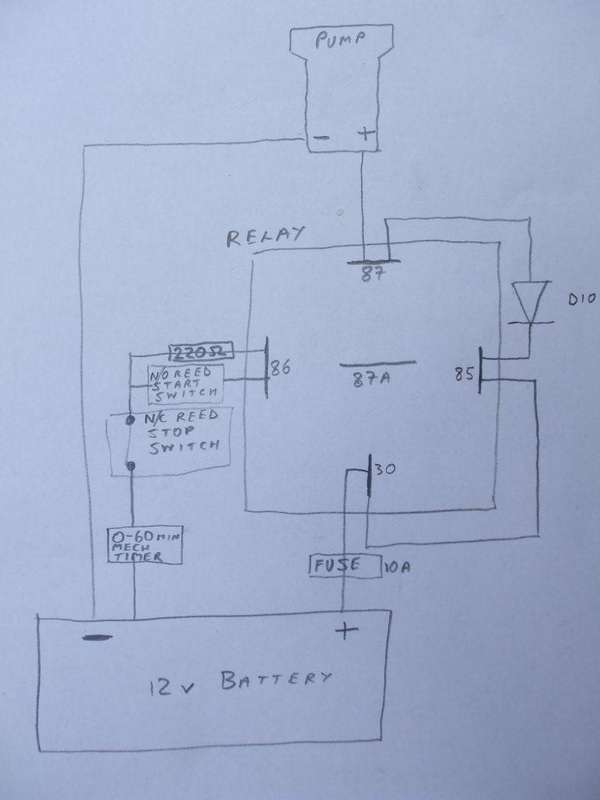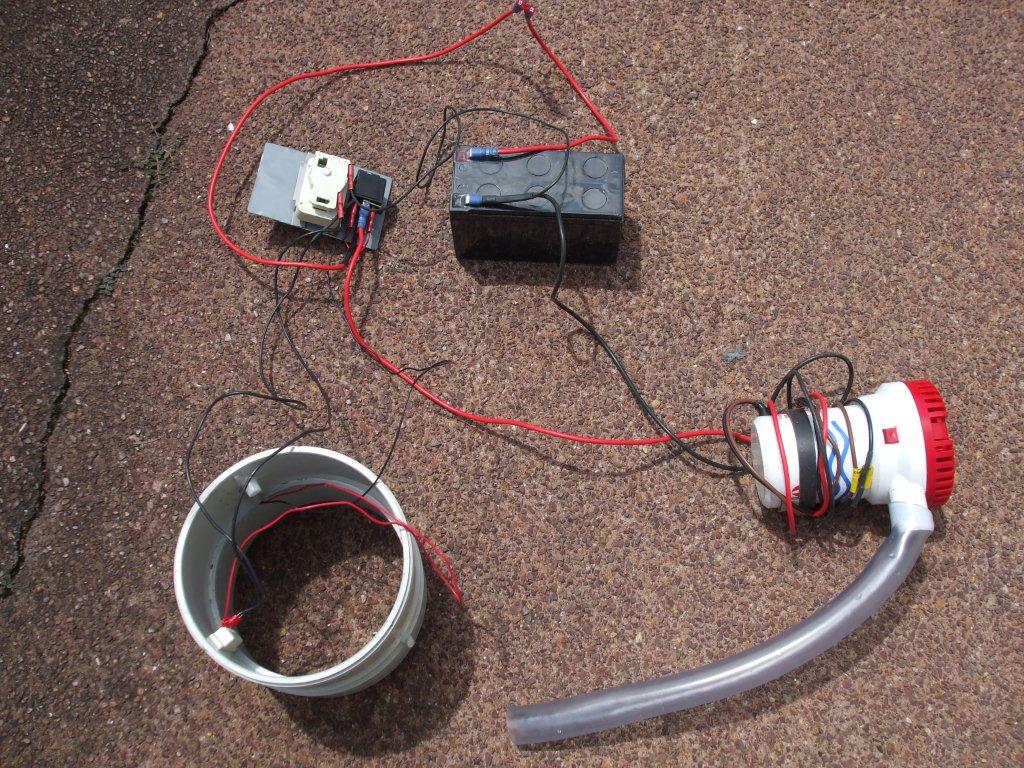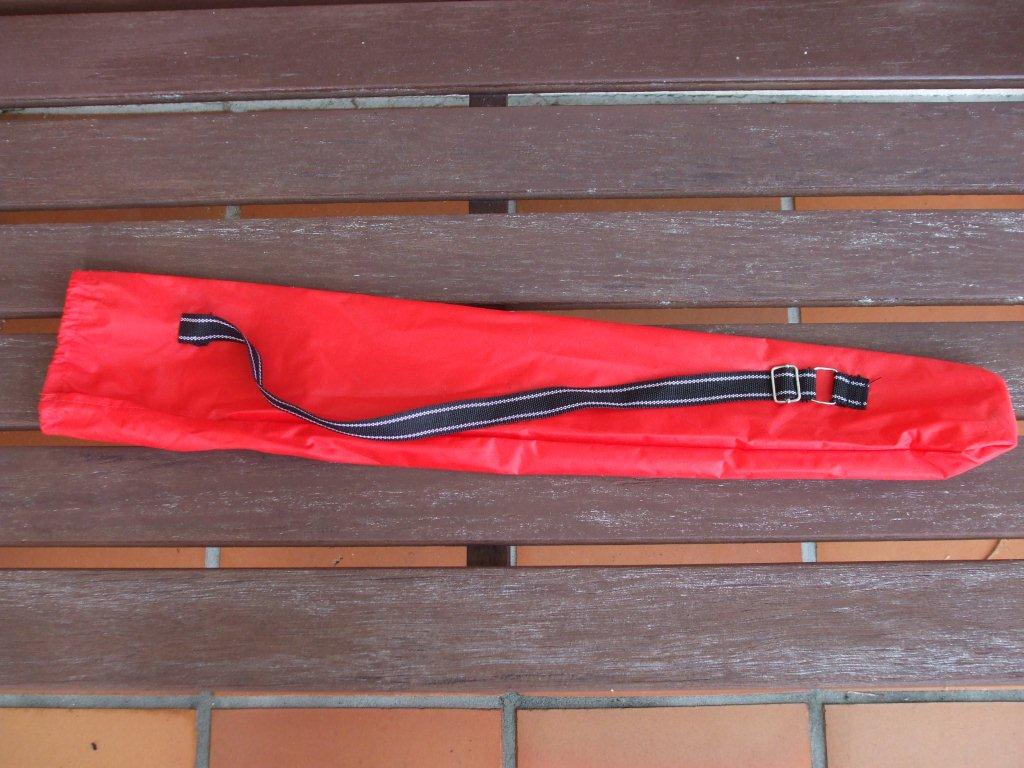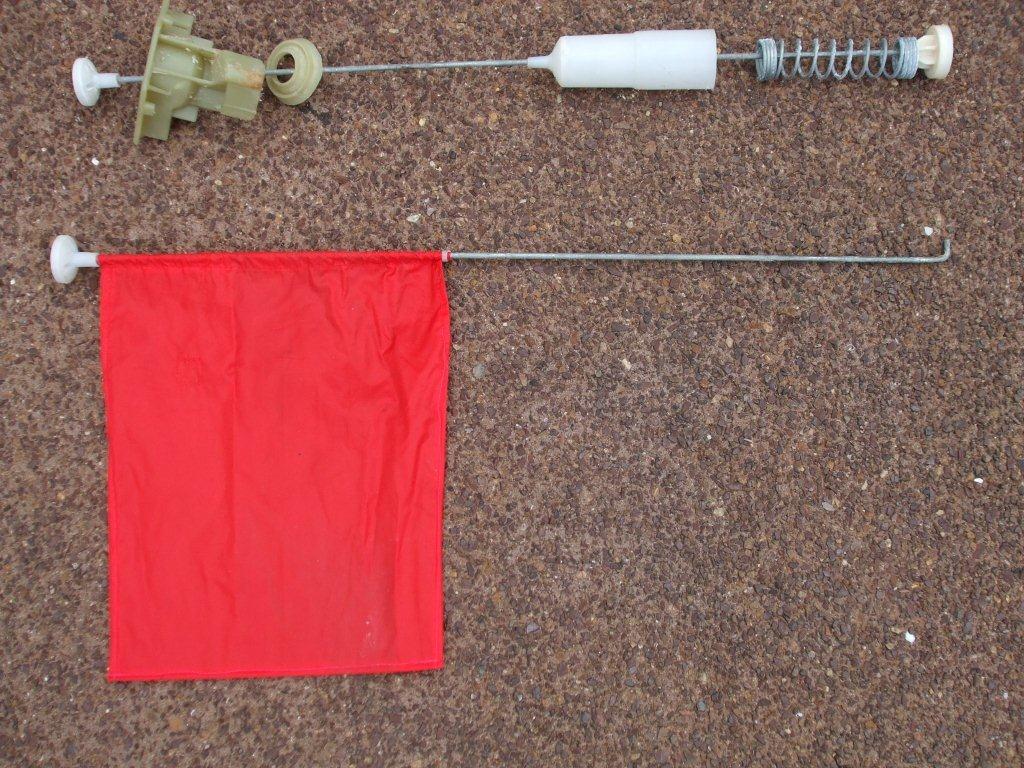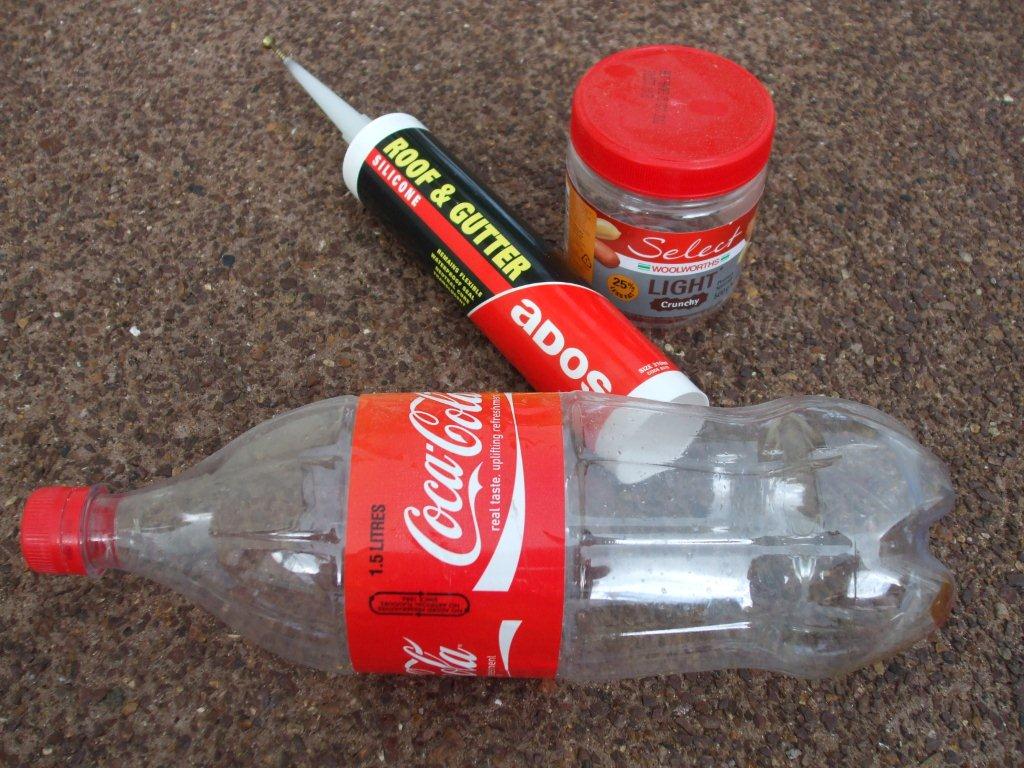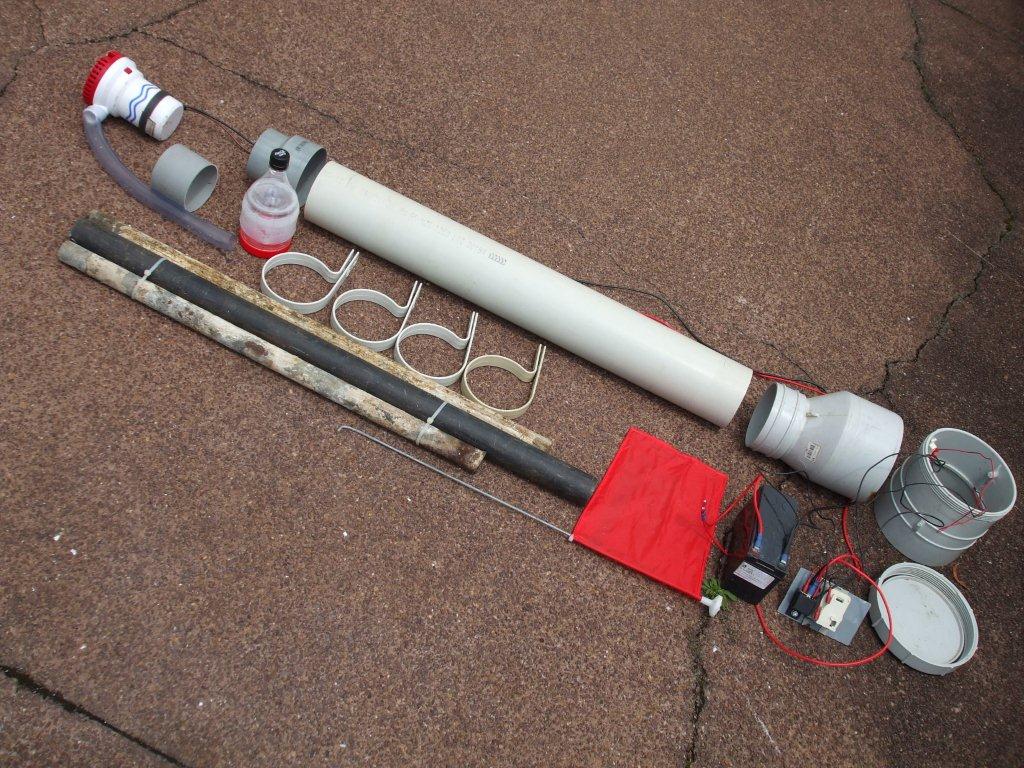The video is of an early trial, since then the buoyancy bottle has changed and a flag has also been added, the torpedo weighs in at 13.6kg which is very heavy to give it momentum to get through the initial waves. The downside is that it starts off fairly slow and doesn't get up to speed in a small swimming pool.
|
Like with all the projects that I make, it has to be fun & it has to be made with cheap & easily obtainable materials. Plus I always make every project in such a way that it can be repeated by anyone without any special tools or materials.
Here in New Zealand there are no restrictions on Kontiki fishing but this is not the case in all countries, you've been warned. What is a fishing kontiki.......Well, it all started by fishermen using small rafts complete with a sail to take there fishing line out away from the shore & into better fishing areas. The fishing line was attached to the small raft & pushed out to sea. Since then things have certainly moved on & the old methods still work along with kite fishing which sounds like good fun, but I like the idea of an electric fishing torpedo because it doesn't rely on the wind. So like most projects, it all starts by researching on the internet to fully understand what is needed & what may or may not work, plus the idea of keeping it simple is not just a great place to start but it is normally the only way forward if building a project from home with limited resources. What bits do we need & why? A bilge pump, a shop bought fishing kontiki will normally have a very large electric motor powering a large propeller. The trouble with this is the price, around $300-$400 NZD for a motor or approx $2000 for a complete kontiki. Using another motor that's not designed for under water use has it's problems with keeping the water out, if it's not designed to be waterproof then it is going to be difficult to use. So using a bilge pump would seem ideal, it's designed to be totally immersed in the water. By sucking the water in at the front & powering out the back like a jet boat this would seem to be an ideal solution. They are fairly cheap $70-$100 NZD (Feb 2012) but will they be powerful enough, this is something I will just have to test for myself. The bilge pump I bought will pump 2000 gallons per hour (GPH) or 7570 lires per hour (LPH), it is 12v & will fit in the end of a 100mm storm water underground pipe. A torpedo body, in a previous life I had built a ship mounted torpedo launcher and was lucky enough to test fire many torpedos. It was a long time ago but the one thing I do remember is that the torpedos were very long and very heavy and they didn't seem to need big stabilising wings etc. So I made my torpedo long, I think this keeps it going straight much better than a short one but seeing as we are towing a fishing line I suspect it may stay fairly straight anyway. In my last project I used plastic water pipe for making a wind turbine body & for also making the turbine blades, so I already had some pipe & this looked to be an ideal solution. It's waterproof, very tough, comes in lots of sizes & can be purchased anywhere. So the body is made from pipe & pipe fittings starting with a 70mm length of 90mm pipe which fits tightly onto the bilge pump with lots of silicone sealant. Then a 90-100 reducer fitting onto that, from now on I used the proper PVC solvent cement. Next is an 800mm length of 100mm storm water pipe (Pipe SOE DWV SC SN6 100mm 200SN6.100.6.SOE). Onto this pipe goes the 100-150 reducer (Reducer level invert SCJ DWV 123.150.100) which opens the torpedo up to 150mm to allow for the battery. And finally on the end is the 150mm end piece with screw cap (cap screw & base DWV 136.150). Unfortunately the normal DIY shops do not sell the majority of these large fittings so you will have to go to your local plumbing agent which could cost up to $182 NZD (Feb 2012). An expensive solution but still the cheapest & most viable option. Timer, we need a timer so that the torpedo motor will turn off after a set period of time. The idea being that you set the timer for, lets say 30 minutes, and then launch the torpedo. Hopefully 30 minutes later the torpedo is a long way out & it automatically stops. If we didn't have a timer then the battery would be fully drained which would severely limit the life of the battery. Finding a timer was more difficult, I looked on the internet & on TradeMe (NZs answer to Ebay) & I couldn't find anything apart from some very expensive timers made by Omron. I knew that old oven timers should be what I need or possibly an old clothes dryer timer. The problem was that I wanted a mechanical timer, which means it's a timer that is clockwork but it still has a couple of normally open (N/O) contacts on the back. I eventually found one on a small portable oven in my own garage! I may build my own electronic timer for my next project, I've looked into it & it seems fairly simple & I have a great design that uses very cheap components, but for now I'm keeping it simple. Battery & wiring, I used a small 12v 7.2A/H battery, they are fairly cheap at approx $40. The battery will last up to an hour but I will install a fresh fully charged battery for each launch. I started keeping the wiring fairly simple but I ended up adding a few extras which I think make the torpedo much better. I added reed switches for starting & stopping the motor, a reed switch is a switch that is started by a magnet, this means that I can turn the motor on and off with a magnet from outside the torpedo which means there are no holes in the pipe for switches which would probably leak. I use washing machines to make wind turbines so I used a reed switch from one of the washing machine lids that I had, but they are not expensive & can range between $2.50 to $8.00 from your local electronic store such as Jaycar (Feb 2012). The other thing I added was a 220 ohm resistor to the hold circuit for the relay coil, this meant that it would be impossible to run the battery down below 10.75v which will prolong the life of the battery. It took a lot of trial & error to get this resistance correct & you may have to play around with this resistance if you use a relay with a different coil resistance than the one I used. I used an automotive 12v relay and 10A fuse along with a diode to hold in the coil circuit plus wire & crimps. The diode is an IN5822, nothing special just something I had lying around. I glued the reed switched to the inside of the pipe with silicone sealant and marked the outside of the pipe with start & stop, it is important to not have the switches too close to each other. Balance and set up and other bits, when I first put the torpedo in the bath it floated on the surface, the weight of the battery helped a bit but I needed it much lower in the water so that the bilge pump is submersed. The torpedo weighed 6.6kg and I ended up adding a further 7kg of old metal pipe which laid inside the long pipe, I will replace this with something better but for the initial trial this will be fine. This seemed to work well but I realised that it was not going to be possible to stabilise this depth unless I added some buoyancy above the front of the pipe, the back of the pipe was ok because of the shape of the fitting producing it's own buoyancy in just the right place. So I added a small plastic bottle for buoyancy, this worked well and it also allows me to add a light inside the bottle for night fishing. The only problem was that a coke bottle has a nice pointy top but the neck is too small to add a light so I ended up glueing the top of a 1.5L coke bottle to a wide jar of peanut butter, this meant it would cut through the water better but I also have a wide cap for adding a light. The light I used was a small battery operated LED light from the $2 cheapy store. I used some plastic 100mmm pipe brackets that i already had to help secure the bottle in place, I also used the same brackets to help secure the flag and the bilge pump exhaust pipe, cable ties were used for everything. The exhaust pipe is 25mm clear tubing which can be purchased from any DIY shop for around $10 a metre (Feb 2012). The flag was made from a nylon bag that some cheap 3 legged fold up stool came in, you could also use the bag that those outdoor fold up chairs come in or an old kite etc etc. I was able to pull the draw string out of the bag and replace it with the metal rod, I used a sewing machine to tidy it up but it was more for cosmetic reasons. The upright wire rod & plastic safety cap comes from those washing machines I mentioned earlier, the wire rod is used in each corner of a F&P upright washing machine to suspend the inner bowl. Well, that's the project fully up to date, I still have to secure the line to the back of the torpedo, get some fishing line & traces & that all important sea trial. I intend to sell these as a whole or just the parts so please email me if you are interested: [email protected] I've also made an electric winch to wind the torpedo back in, click here to see it. |
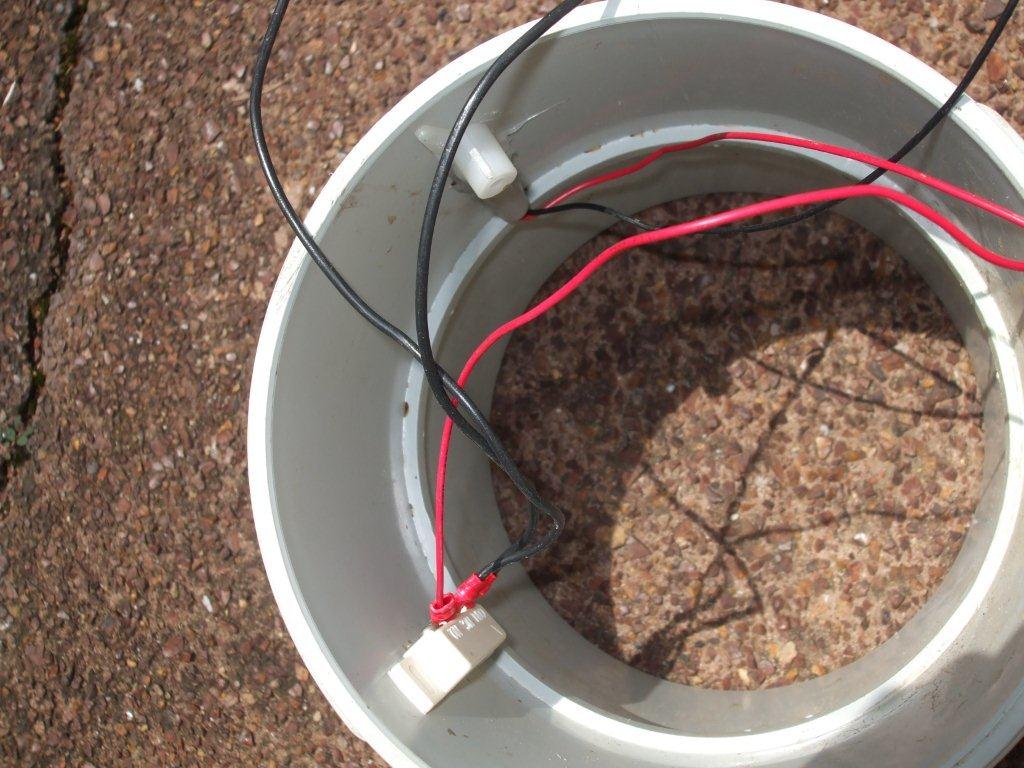
This shows 2 different types of reed switches glued inside the end pipe fitting. The top reed switch has normally open contacts and it is from a washing machine. The lower reed switch cost $8 & has normally open and normally closed contacts but I needed the N/C contacts, this type could have been used for both the top and bottom switch.
|
Update
I carried out a successful sea trial yesterday at Rothesay Bay (25-3-12), it was just a test so I didn't use any bait.
The torpedo was very easy to launch in less than knee deep water (only 250mm). From what I've seen of the shop bought ones they have to be launched in much deeper water due to the large propeller which is slung underneath.
The torpedo stayed very straight and due to it's weight and momentum it went through the small waves on the East Coast very easily.
I had connected the torpedo to 1000 metres of line which was very ambitious. After 250 metres, even with the flag attached, the torpedo was just a spec in the distance and hard to find. By now I was getting concerned that a boat could easily come between the shore and the torpedo so I'm going to limit my fishing to this distance which seemed plenty far enough. It was just as well as by 250 metres the torpedo was very slow due to dragging 250 metres of line & 2 weights.
I had marked the line at 50 metre intervals and took timings at each mark to ascertain what was happening regarding the speed.
Here are the speed results:
1st 50 metres took 2 minutes
2nd 50 metres took 5 minutes
3rd 50 metres took 7 minutes
4th 50 metres took 11 minutes
5th 50 metres took 15 minutes
So the results show that it took 25 minutes to get 200 metres out and 40 minutes to get 250 metres out. So the speed could be better but at that speed it does give you enough time to connect the 25 baited traces without too much panic.
If you are not familiar with how the line and traces are set up then let me spend a few minutes here to at least let you know how I set mine up.
The main line is connected to the torpedo, after 50 metres (which I will reduce to 20 metres), the line is then connected to another line containing 25 traces which is called the backbone.
Each trace line is 500mm long which passes through plastic flexible tubing to stop tangles, and a hook is attached at the end, the trace is then previously baited & hooked on with special hooks as the line is being taken out by the torpedo. To stop all the traces sliding along the backbone there are many methods such as crimps at equal intervals.
The backbone is 100 metres long & has a weight connected at each end and 25 traces equally spaced along it (I think I read somewhere that 25 hooks is the most that you are allowed in NZ). The amount of weight will depend on the current just like normal fishing but I managed fine with a 115 gram (4 oz) weight at each end.
After the backbone the rest of the main line is added.
Torpedo Conclusion
I would have liked it to have been faster but at a saving of at least a $1000 compared to a shop bought one then I am more than happy with the result. As soon as I get chance I will have a go at catching some fish and I will report back here with the outcome, not too sure where to go to avoid boats and swimmers so I may try it in the evening, the fishing should be better then as well. I will have to mount a flashing light for an evening fish.
I will certainly make these for customers on request, although I must sort out a price. If the demand looks high then I will make a small production run.
I've just returned from a large fishing and camping store and just inside the door they had a fishing Kontiki, the price was $1800 and $2300 for the GPS version (March 2012). Wow, I love the idea of GPS but I would have to catch a lot of fish to make me even think of spending that amount of money. Plus the winch was another $1800, by now I was starting to feel faint, however it was well made and had a large motor but it was far too expensive to use for just fishing. You can buy a decent car for that money!
What about the winch trial?
The winch worked well, I had to help pull the line back in by hand whilst my son made sure the line wound onto the winch evenly, I suspect this could have been done by one person but who goes fishing on their own It only took 6 minutes on the fast setting to retrieve the torpedo from 250 metres which was much quicker than I expected.
The winch was perfect and needs no further work, but I must test it with fish on to be completely satisfied.
At a saving of well over $1000 for the winch this was very successful.
I carried out a successful sea trial yesterday at Rothesay Bay (25-3-12), it was just a test so I didn't use any bait.
The torpedo was very easy to launch in less than knee deep water (only 250mm). From what I've seen of the shop bought ones they have to be launched in much deeper water due to the large propeller which is slung underneath.
The torpedo stayed very straight and due to it's weight and momentum it went through the small waves on the East Coast very easily.
I had connected the torpedo to 1000 metres of line which was very ambitious. After 250 metres, even with the flag attached, the torpedo was just a spec in the distance and hard to find. By now I was getting concerned that a boat could easily come between the shore and the torpedo so I'm going to limit my fishing to this distance which seemed plenty far enough. It was just as well as by 250 metres the torpedo was very slow due to dragging 250 metres of line & 2 weights.
I had marked the line at 50 metre intervals and took timings at each mark to ascertain what was happening regarding the speed.
Here are the speed results:
1st 50 metres took 2 minutes
2nd 50 metres took 5 minutes
3rd 50 metres took 7 minutes
4th 50 metres took 11 minutes
5th 50 metres took 15 minutes
So the results show that it took 25 minutes to get 200 metres out and 40 minutes to get 250 metres out. So the speed could be better but at that speed it does give you enough time to connect the 25 baited traces without too much panic.
If you are not familiar with how the line and traces are set up then let me spend a few minutes here to at least let you know how I set mine up.
The main line is connected to the torpedo, after 50 metres (which I will reduce to 20 metres), the line is then connected to another line containing 25 traces which is called the backbone.
Each trace line is 500mm long which passes through plastic flexible tubing to stop tangles, and a hook is attached at the end, the trace is then previously baited & hooked on with special hooks as the line is being taken out by the torpedo. To stop all the traces sliding along the backbone there are many methods such as crimps at equal intervals.
The backbone is 100 metres long & has a weight connected at each end and 25 traces equally spaced along it (I think I read somewhere that 25 hooks is the most that you are allowed in NZ). The amount of weight will depend on the current just like normal fishing but I managed fine with a 115 gram (4 oz) weight at each end.
After the backbone the rest of the main line is added.
Torpedo Conclusion
I would have liked it to have been faster but at a saving of at least a $1000 compared to a shop bought one then I am more than happy with the result. As soon as I get chance I will have a go at catching some fish and I will report back here with the outcome, not too sure where to go to avoid boats and swimmers so I may try it in the evening, the fishing should be better then as well. I will have to mount a flashing light for an evening fish.
I will certainly make these for customers on request, although I must sort out a price. If the demand looks high then I will make a small production run.
I've just returned from a large fishing and camping store and just inside the door they had a fishing Kontiki, the price was $1800 and $2300 for the GPS version (March 2012). Wow, I love the idea of GPS but I would have to catch a lot of fish to make me even think of spending that amount of money. Plus the winch was another $1800, by now I was starting to feel faint, however it was well made and had a large motor but it was far too expensive to use for just fishing. You can buy a decent car for that money!
What about the winch trial?
The winch worked well, I had to help pull the line back in by hand whilst my son made sure the line wound onto the winch evenly, I suspect this could have been done by one person but who goes fishing on their own It only took 6 minutes on the fast setting to retrieve the torpedo from 250 metres which was much quicker than I expected.
The winch was perfect and needs no further work, but I must test it with fish on to be completely satisfied.
At a saving of well over $1000 for the winch this was very successful.
If you like our site then please click on the Facebook icon at the top right of this page, thank you.
For more information you can email us via our Contact Us page.


